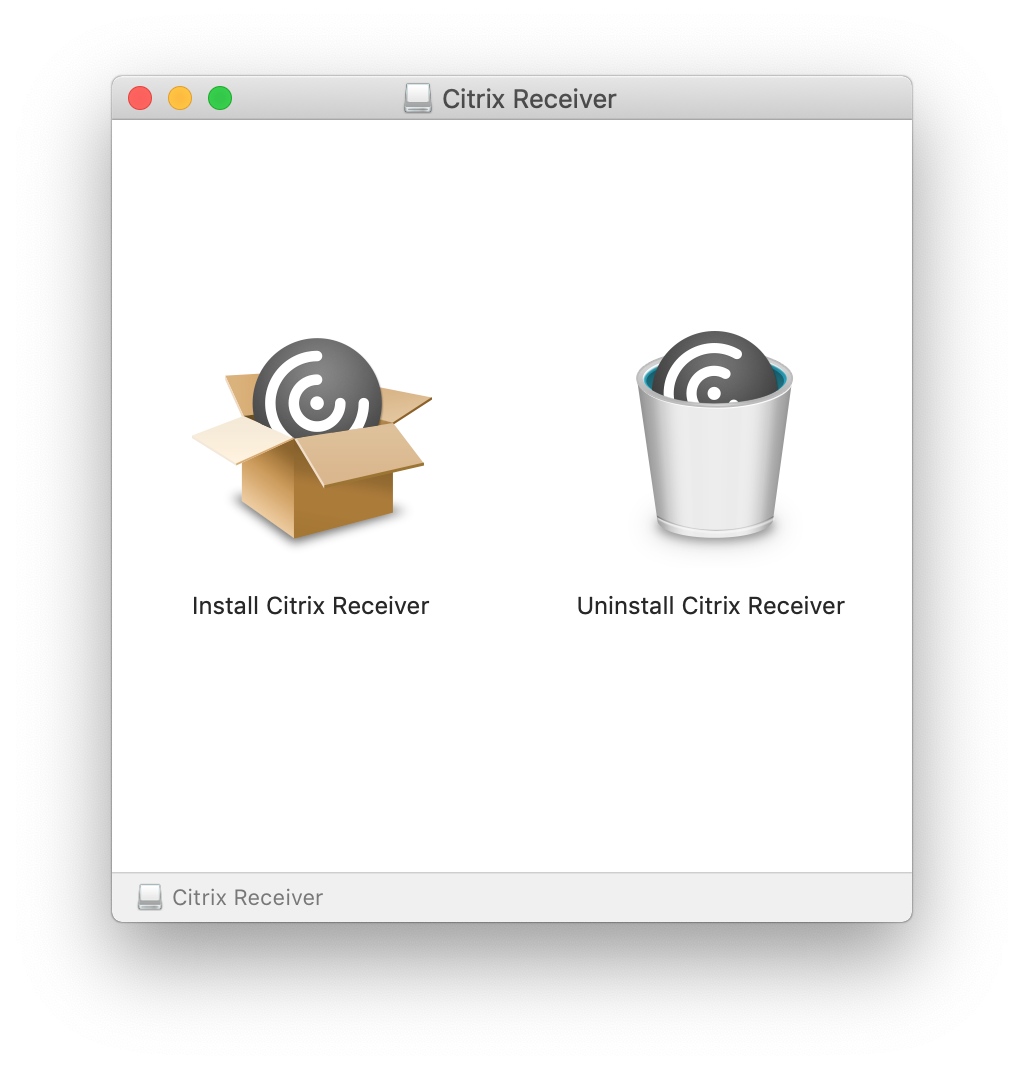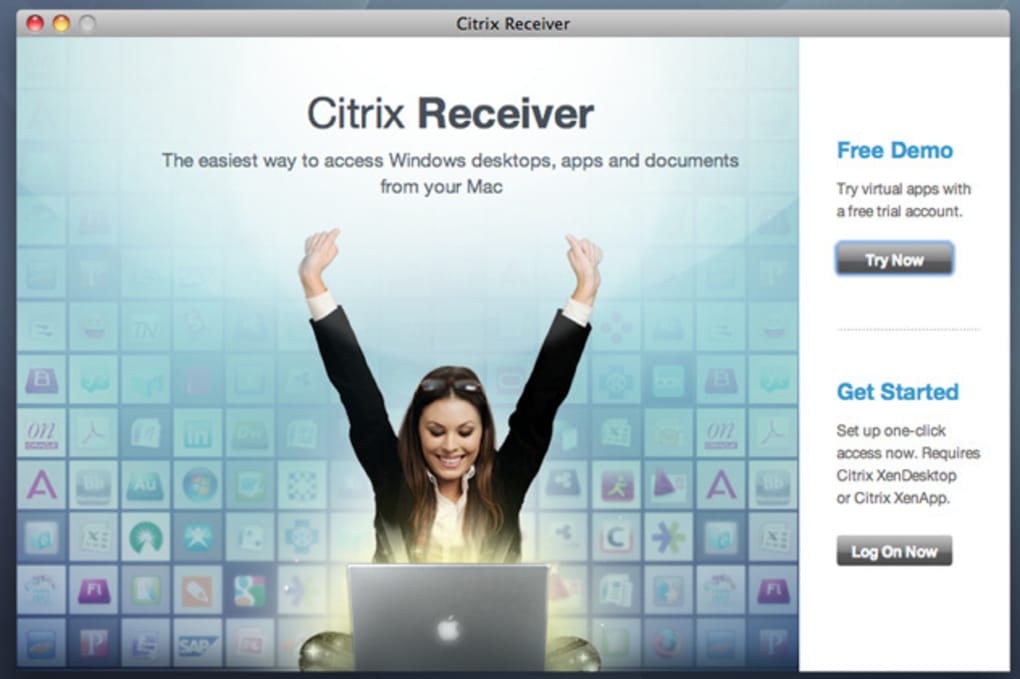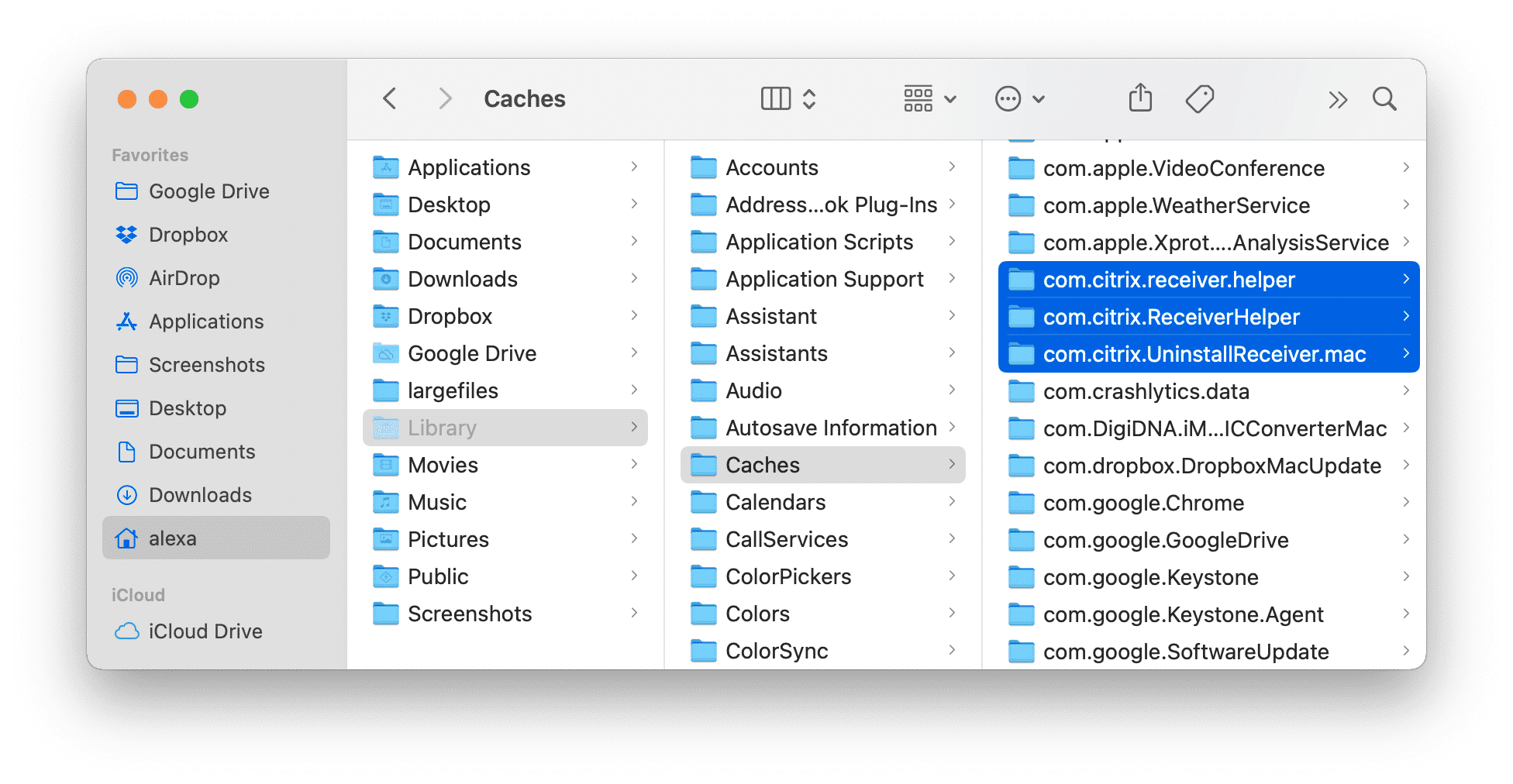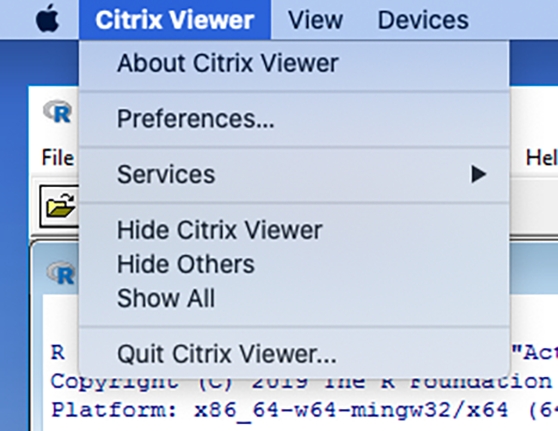

I use Citrix to open Word and edit files. When you run, say, Word on Citrix, you have access to Word (and to any network folders).Īt work, I use remote desktop to log on to computers to install software and clean viruses (I’m in IT). In fact, it’s often installed as a virtual computer – the “computer” is just a part of memory on a server. Microsoft’s remote desktop allows you to log on to a computer and run the computer remotely.Ĭitrix lets you run programs remotely you are not logging onto a computer.

It also allows for certain kinds of software to be bought with a server license without having to buy N individual copies to install for N users.Ī) For anyone who has used both: how does it compare to Microsoft’s implementation of remote desktop / terminal services?

In addition, you can reconnect to your Citrix session from home, on the road via laptop or anywhere else and it will look the same. This way they can centrally control a uniform desktop environment for all users, without worrying that Bob in Accounting has installed different versions of something, or added Chrome gadgets on his desktop, or uses a different screensaver that’s causing problems for such-and-such program… They know what everyone has and can deploy changes centrally. The “virtual desktop” looks just like you’re working on another PC, it has its own “Start” button at the bottom, its own set of applications and defaults and permissions, etc., etc.

Typically people expand this window to take up most or all of the screen (best if you have two screens and one screen is dedicated to this “remote session”). What this means for you as a user is, instead of having a PC that has tons of applications set up on it, you have a PC with just one application (Citrix remote access) that gives you a virtual desktop in a window. Citrix is a corporation well known for its products in distributed computing.


 0 kommentar(er)
0 kommentar(er)
